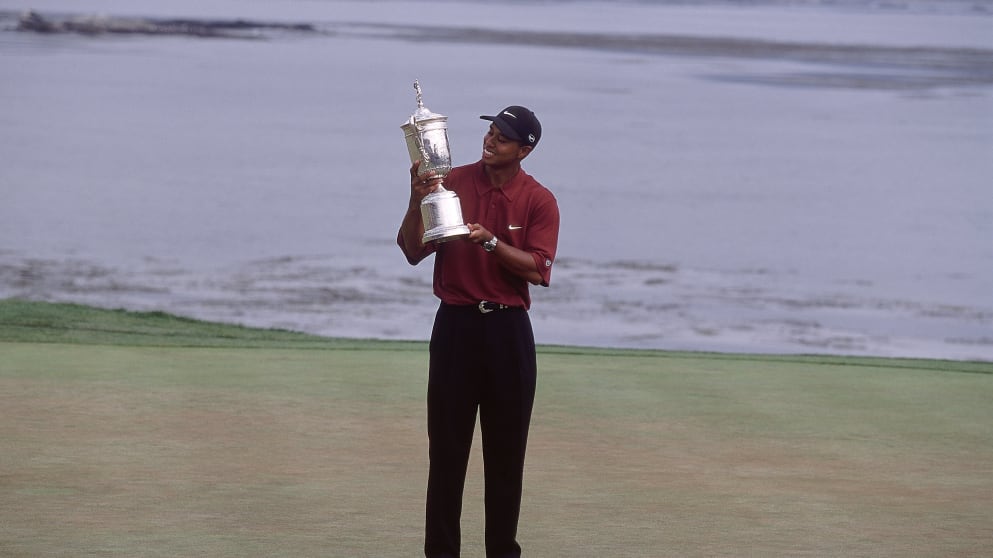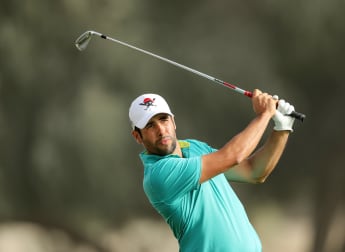Ahead of the U.S. Open we caught up with one of the leading figures in golf data analysis, Justin Ray, who offers a unique insight into the third Major of the year.
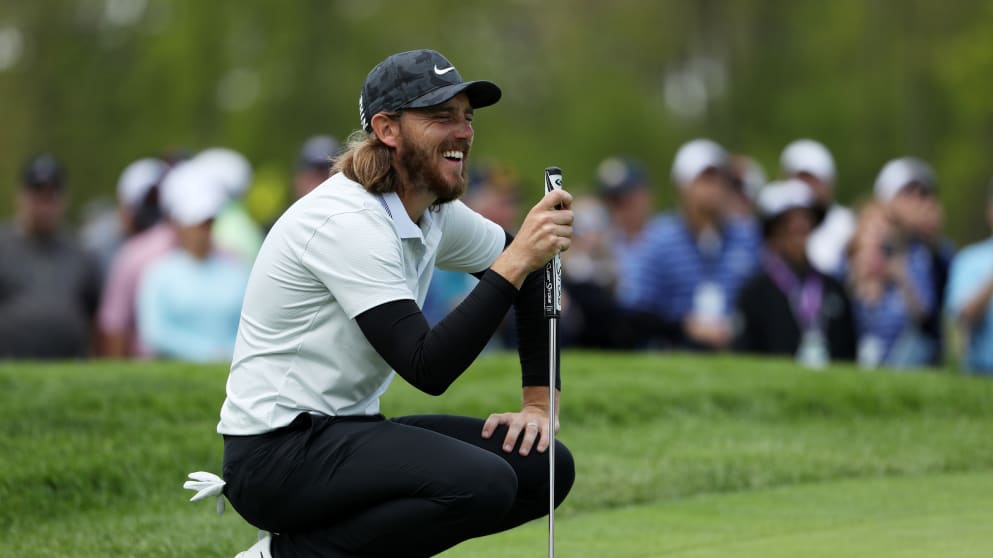
Find out who he believes is Brooks Koepka’s closest challenger, how Tommy Fleetwood broke a 100-year record at the U.S. Open last year, and whether he thinks Phil Mickelson’s excellent record at Pebble Beach can lead to the Grand Slam.
By 15th Club’s Head of Content, Justin Ray
If you want to win at Pebble Beach, you have to be a formidable iron player.
You can’t win the U.S. Open without elite iron play, it’s as simple as that. The past 20 champions of the American Major have all ranked inside the top seven when it comes to greens in regulation, with the last four winners each ranking in the top five in greens hit, too. U.S. Open winners, on average, hit about 13 percent more greens in regulation than the rest of the field.
The same trends pop up when you look through the numbers at the Pebble Beach Pro-Am on the PGA Tour. Each of the last eight winners of that tournament were ranked in the top-ten in the field in greens in regulation. To put this in context, since 2009, the average greens in regulation rank of winners of tournaments held on U.S. soil is about 13. At Pebble Beach, that number is 5.6.
The rough is right in the middle of the pack in terms of how penalising it is to the field, too. Add all of that together, and you definitely get a golf course measured by second shot performance.
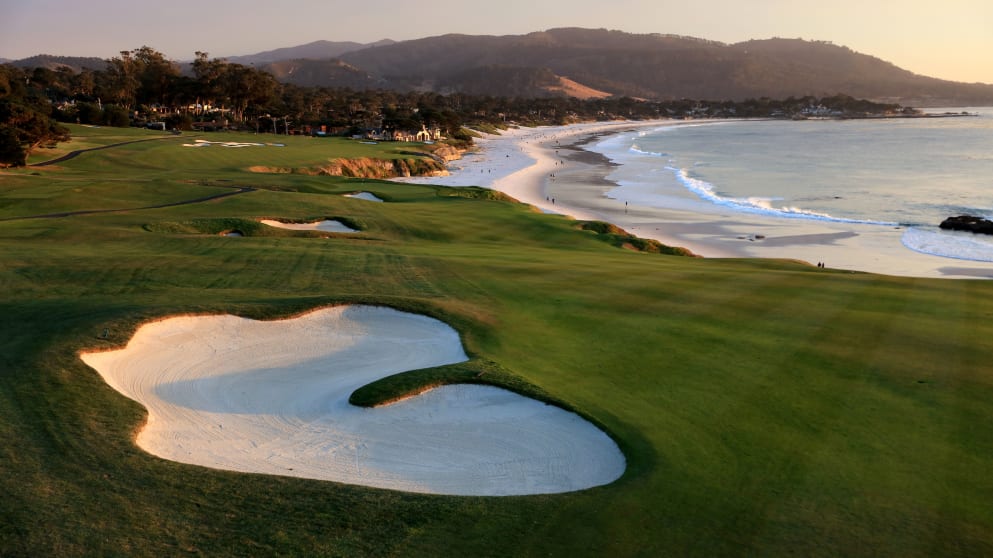
Brooks the favourite, DJ to push him close
When it comes to Koepka in his current form you can see him winning every time he tees it up. Since the beginning of 2017, he’s 54 under par in the majors, 21 shots better than any other player during that stretch.
Brooks has only played the Pebble Beach Pro-Am once – he finished tied for eighth in 2016. Brooks is an elite player across all of the ball-striking metrics, and those numbers only get better when he goes to a Major Championship.
As far as his closest competitors, the first player I look at is the man who nearly caught him at Bethpage, Dustin Johnson.
DJ has finished in the top five at the Pebble Beach Pro-Am seven times since 2009. He has the most rounds in the 60s at the U.S. Open over the last decade. Only Payne Stewart and Tiger Woods have led more U.S. Open rounds in the last thirty years. Nine years after losing the 54-hole lead at a U.S. Open at Pebble Beach, DJ should be a big part of the storyline again.
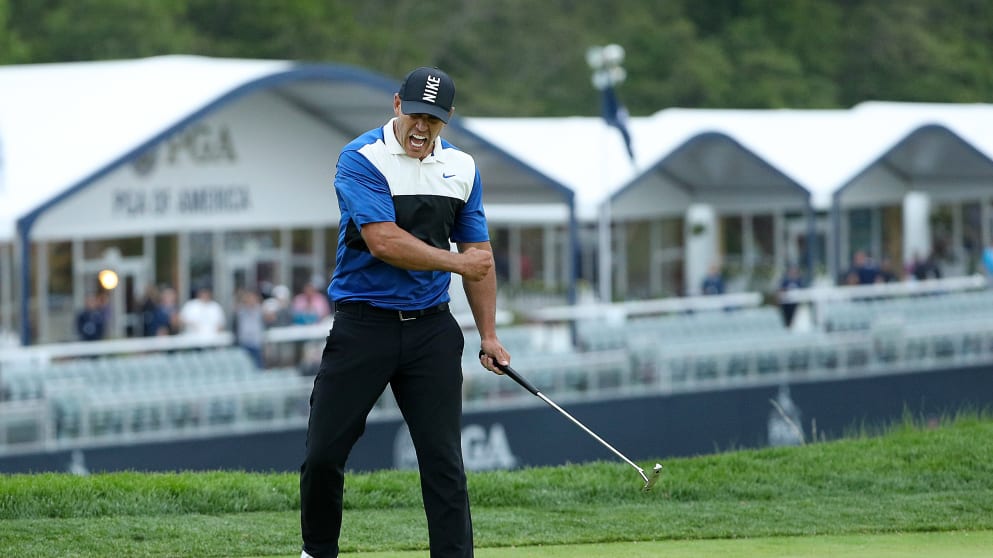
Why I like the look of Tommy
Fleetwood’s performances at Erin Hills and Shinnecock must put him on everyone’s shortlist this week.
Last year, Fleetwood became the first Englishman in more than 100 years to finish in the top-four in back-to-back U.S. Opens (Jim Barnes in 1915 and 1916 was the last man to do it). Only Koepka has a better combined score to par during the last two years in the U.S. Open.
I also like Jon Rahm, who has loved playing in California. He’s won twice there – at Torrey Pines and in Palm Springs a couple years ago. Over the last three seasons, Rahm has the best scoring average of any player in tournaments in California. He’s a ridiculous 119 under par in ten career starts in that state.
European players might be due for a major win, too. Eight of the last nine majors have been won by American players, with Francesco Molinari the lone representative in that span. G-Mac broke through in 2010 at Pebble Beach, and it wouldn’t be shocking to see Fleetwood or Rahm do the same this week.
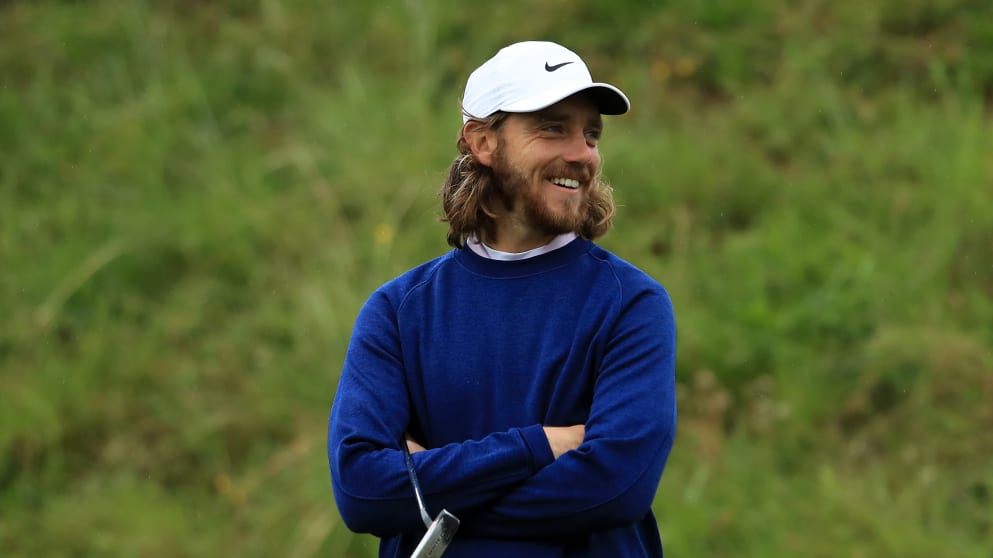
Keep an eye on Cantlay
Only three players are a combined double digits under par through the first two Majors of the season: Koepka, DJ and Patrick Cantlay. Entering the Canadian Open last week, Cantlay was quietly leading the PGA Tour in scoring average and he has moved up to a career-high eighth in the world.
His iron statistics fit the mould for a Pebble Beach victory, too. Cantlay is in the top ten in strokes gained approach, first in proximity from the fairway and first in approach proximity from 150 to 175 yards. Five straight made cuts in majors – three of those being top-15 finishes – also point to a player on the verge of breaking through.
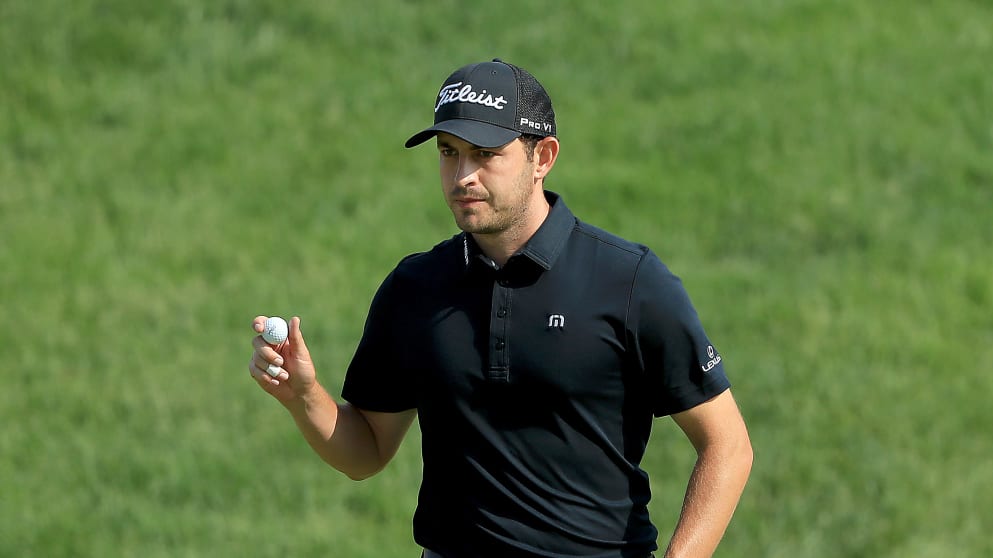
Assessing Phil’s chances of completing the Grand Slam
The U.S. Open will almost always have extremely penalising rough, something that is comparatively tame at Pebble Beach. Pebble has always been the best fit for Lefty among the U.S. Open rota of courses, and 2019 is no exception.
Given that he has finished runner-up a record six times at the U.S. Open, his best chance has likely already passed him by. Phil will turn 49 on the Sunday of the U.S. Open – the oldest major champion in history was Julius Boros, age 48, at the 1968 US PGA Championship.
That said, age hasn’t slowed Phil’s game down tee-to-green. In fact, Phil is hitting the ball seven yards further off the tee this season (307) than he did ten years ago, when it was 300. Mickelson’s long swing and competitive drive will likely give him the chance to become the oldest PGA Tour winner of all-time, so why not the oldest major winner, too?
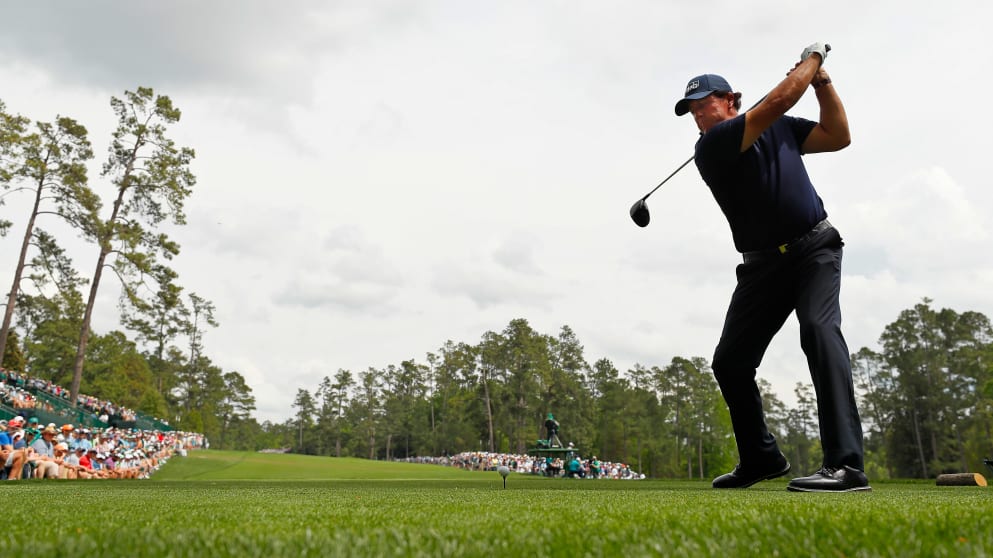
Tiger’s 2000 Pebble Beach win was the most dominant victory in sporting history. Here’s why…
In a week where the field scoring average was around 75.4, Tiger finished the 100th U.S. Open at 12 under par. He was 15 shots ahead of the rest, with Ernie Els and Miguel Ángel Jiménez sharing second place.
Any way you look at it the stats were remarkable. Tiger played the par threes and fours in a combined eight-under-par for the week, 13 shots better than anyone else. Several players were tied for second in that stat, at five over.
Every facet of Tiger’s game was vastly superior. His average driving distance for the week was 29 yards better than the field average, while he averaged 1.63 putts per green in regulation, the best for any U.S. Open winner over the last thirty years.
When it came to scoring, there were just three bogey-free rounds in the entire tournament. Woods carded two of them, while the other was shot by Joe Daley, who opened with 83 and missed the cut by three.
This week will be the 450th professional major championship in history. Only four times has a player won by a dozen or more strokes. Tiger achieved the feat twice – at the 2000 U.S. Open (where he won by 15) and the 1997 Masters (where he won by 12).
The other two to achieve this were Old Tom Morris at the 1862 Open Championship and his son, Tom Morris Junior, eight years later. Not to disparage two legends of the sport, but in both instances when the Morrises won the course was only 12 holes long, and there were fewer than 20 players in the field.
What Woods did at Pebble Beach 19 years ago will never be matched. We should remember it – and celebrate it – when the opportunity presents itself.
